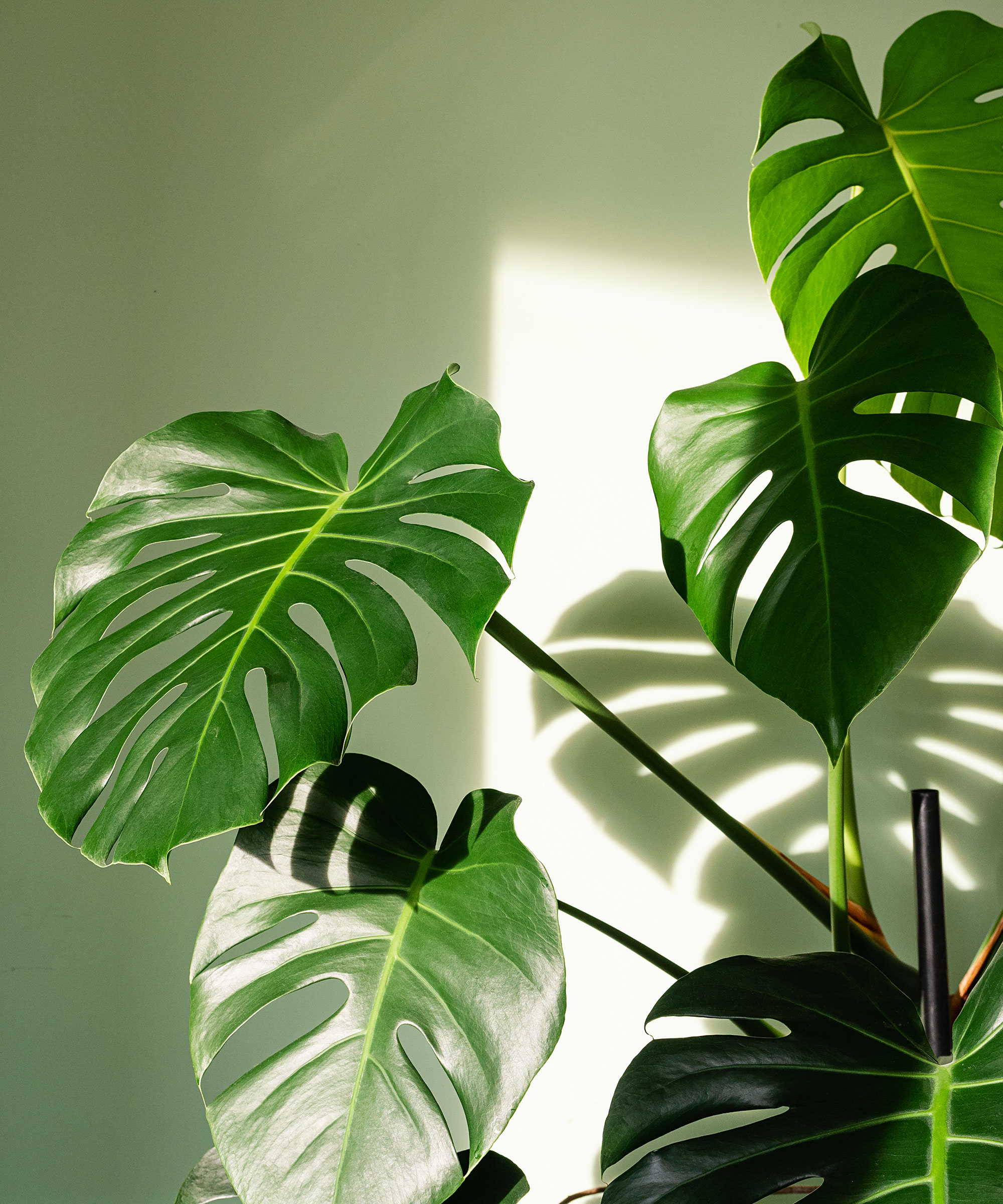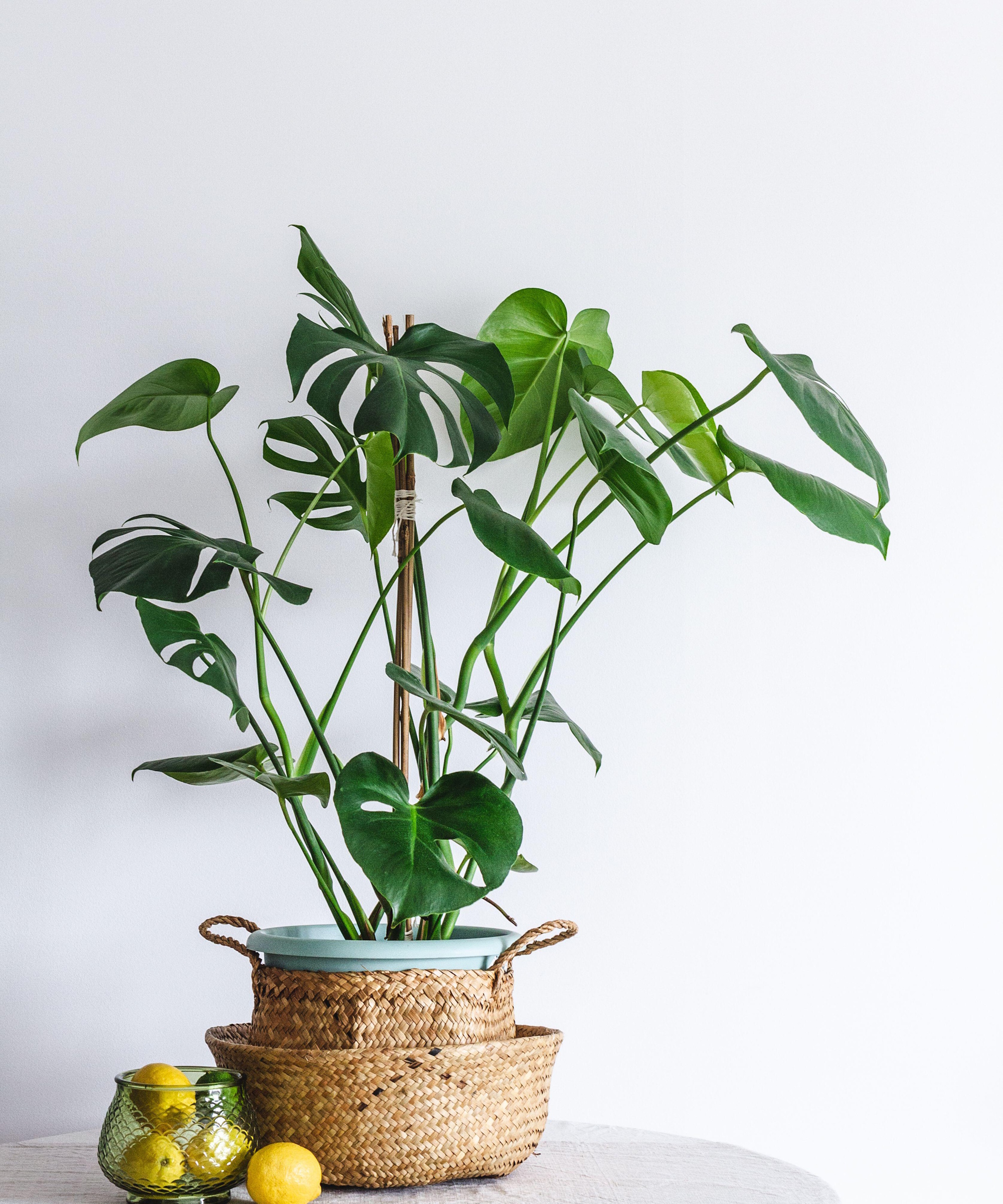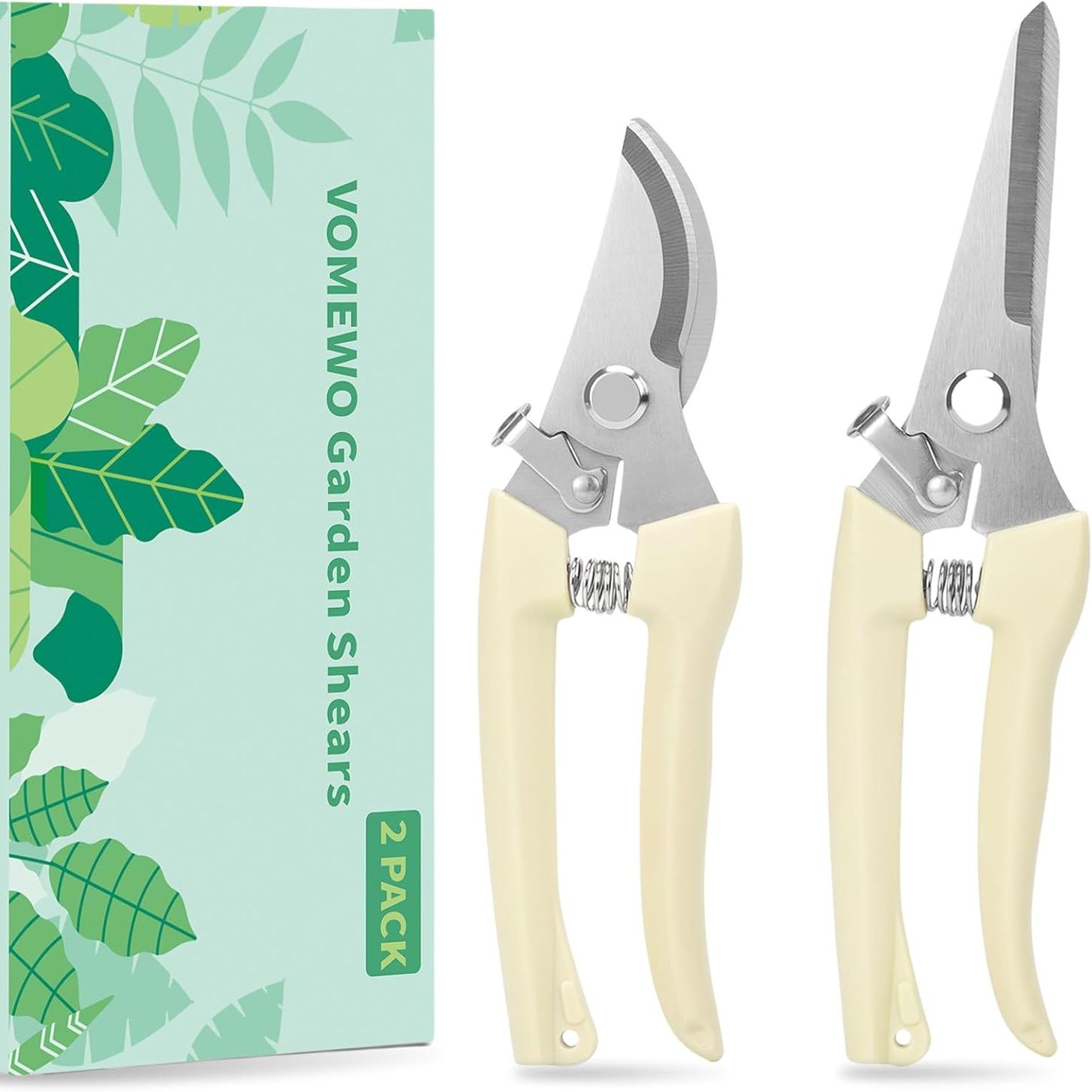Black Spots on Your Monstera Leaves? There's One Likely Culprit and I Have an Easy Solution to Stop it From Happening – For Good
Too much water and too little light is a deathly duo for these popular houseplants


My Monstera deliciosa is my most prized houseplant. It was one of the first I purchased when starting my indoor garden, and it now stands three times the height it was. Caring for it hasn't been all smooth sailing, however, as I've tackled all issues from pests to diseases, including black spots on monstera leaves.
When growing a monstera, it can be a disconcerting sight to find it with black spots on its beautiful fenestrated leaves. This is especially because this issue can appear very suddenly, sometimes without any warning. The good news is, it's fairly easy to diagnose the problem and make the right adjustments to prevent it worsening.
In fact, there's usually two common indoor plant mistakes behind this issue: too much water and not enough light. This dangerous combination will stress your monstera, weaken it, and cause it to decline in health and appearance. Here, I explain why this is the case, what to do if you find black spots on monstera leaves, and how to prevent it happening ever again.
The cause behind black spots on monstera leaves

When I noticed black spots on my monstera, the first thing I did was take a look at the moisture levels of the soil.
Using my soil moisture meter (from Amazon), I could see the soil was still substantially wet, even though I had watered it a couple of weeks prior.
If you also find your plant's soil isn't drying out for weeks at a time, it's time to assess its location in your home.
When placed in too little light, houseplants will take much longer to soak up water. The reason being lower light = a slower rate of transpiration, a process responsible for the movement of water around a plant. Sufficient sunlight is required for this transpiration to take place.
Design expertise in your inbox – from inspiring decorating ideas and beautiful celebrity homes to practical gardening advice and shopping round-ups.
That's why watering houseplants correctly goes hand-in-hand with positioning it an optimal spot.
For a monstera, this means somewhere with bright but indirect sunlight. Direct sun exposure may cause leaf scorch, as their foliage is sensitive due to being native to jungle environments, growing in partial shade beneath canopies of trees.
I had my monstera tucked in a shadier spot of my home, quite a few feet away from a window. The black spots also appeared during winter when daylight is limited, reflecting the fact it was not getting enough light.
Alongside this, I was watering my monstera on a set schedule, meaning it was receiving more water than it could soak up. The result? Too-wet soil and a lack of light, stressing it out and causing the black spot reaction.
This unfavorable growing environment can cause some other symptoms, too. For example, you may see your monstera leaves curl, your monstera drooping, and your monstera leaves turning yellow.
Other causes of black spots on monstera leaves

If the main culprit behind black spots on monstera leaves doesn't seem to fit your situation (i.e your monstera is growing somewhere bright and the soil dries out sufficiently between watering), there could be another underlying issue.
For example, it may be that your monstera has a common houseplant pest.
In particular, thrips on houseplants can cause discoloration on leaves. This is because they're sap-suckers, leaving behind dark, rusted spots, sometimes appearing black.
Other pests causing damage like this include aphids, which also feed on foliage.
Check under plant leaves to look for pests, as they like to hide there. You should then take steps to eradicate the pest you're facing. Neem oil (from Amazon) is a solution many houseplant owners turn to for a range of indoor plant pests, and you can also try making a homemade bug spray.
Don't forget to isolate your monstera from other houseplants to prevent pests spreading, too.
What to do if you have black spots on your monstera leaves

When you find black spots on monstera leaves, it's a sign the growing environment needs adjusting.
If your soil is overly wet, to the point where you squeeze a handful and water drips out, it's a good idea to repot your monstera with fresh houseplant potting soil (from Amazon). I've even tried making my own monstera potting soil, with well-draining, nutrient-rich materials, which my monstera has been thankful for.
You'll also need to prune your monstera to return it to a healthier state. Keeping the damaged foliage on your plant will only continue to weaken it.
Take essential pruning tools (like these pruning shears from Amazon) and cut at the base of the plant, removing any severely damaged stems. Make sure to not break the one third pruning rule, which could cause even more stress for your monstera and stunt its growth.
You'll also need to move your monstera somewhere brighter, but not too close to a south-facing window where it could become scorched by direct sun. Consider using a grow light for houseplants to boost light levels if needed, like this grow light from Amazon.
Something to be aware of is that a drastic change in environment can shock your plant. If you are making quite a dramatic move in terms of the amount of light your monstera will receive, try moving it gradually.
I have done this by moving my monstera closer to a window every week, helping it to acclimatize until it reaches its final position.
The final thing to do is be wary of watering going forward. Use your finger or a soil moisture meter to check if your plant is ready to water every time, rather than sticking to a strict watering regime.
Remember, seasonal changes in room temperature and light will impact how much water your monstera needs at any one point in the year.
FAQs
Will black spots on my monstera turn green again?
No, any monstera foliage color distortion, including black spots and yellowing, will not turn green again. This is because it is damage to the foliage of your monstera. Keeping it attached to your plant will only weaken it, as the plant focuses on trying to keep that damaged stem alive. Instead, you should take sharp pruning tools and remove damaged foliage, redirecting the plant's energy to pushing out new, healthy growth.
Another trick that can help improve light exposure for your monstera is staking it (like with this moss pole from Amazon). This is especially true for training an overgrown monstera, where larger foliage may be blocking light to lower leaves.
Our Houseplant Accessory Edit

Tenielle is a Gardens Content Editor at Homes & Gardens. She holds a qualification in MA Magazine Journalism and has over six years of journalistic experience. Before coming to Homes & Gardens, Tenielle was in the editorial department at the Royal Horticultural Society and worked on The Garden magazine. As our in-house houseplant expert, Tenielle writes on a range of solutions to houseplant problems, as well as other 'how to' guides, inspiring garden projects, and the latest gardening news. When she isn't writing, Tenielle can be found propagating her ever-growing collection of indoor plants, helping others overcome common houseplant pests and diseases, volunteering at a local gardening club, and attending gardening workshops, like a composting masterclass.
You must confirm your public display name before commenting
Please logout and then login again, you will then be prompted to enter your display name.





